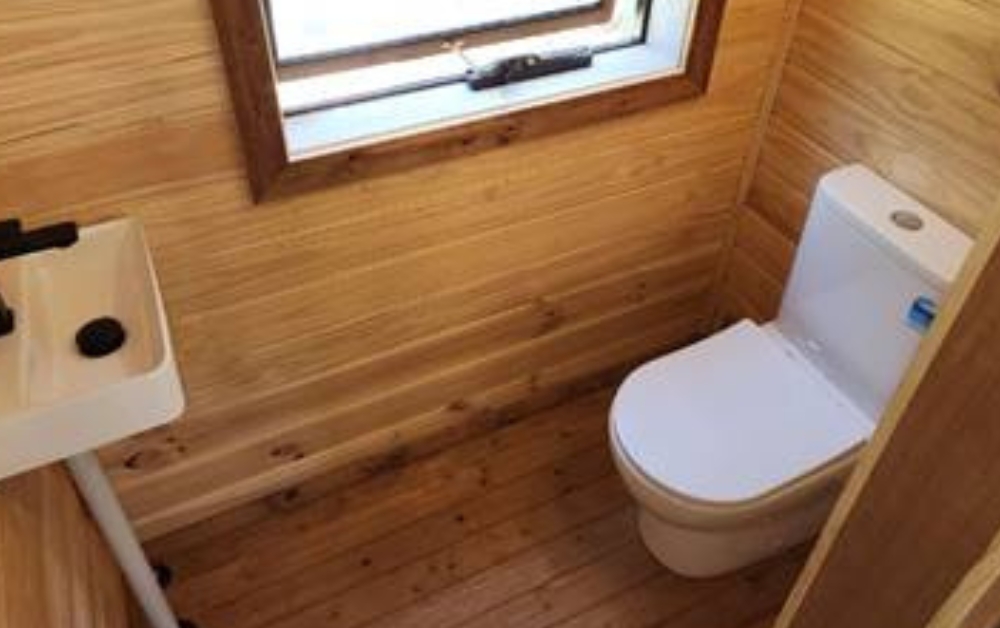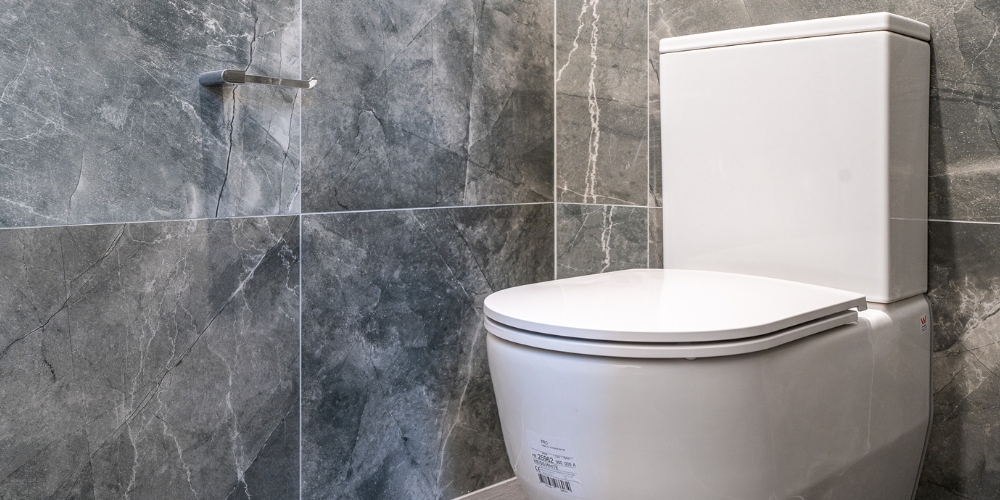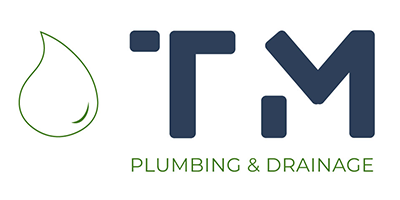
Can Your Toilet Be Saved? A Guide to Common Fixes and When to Throw in the Towel
Our toilet is considered one of the most important parts of every household. It’s a fixture we rely on daily, yet we frequently overlook its importance until an issue arises. A malfunctioning toilet can disrupt our routines and create unnecessary stress. The good news is that many common toilet issues can be repaired, saving you time and money compared to a full replacement.
Let’s explore common toilet problems, provide insights and solutions for all skill levels, and guide you through potential repairs to ensure a smoothly functioning essential in your home.

10 Most Common Toilet Problems and How To Repair Them (If Possible)
1. Constantly Running Toilet:
Cause:
A faulty flapper valve is the most common reason for a toilet that runs continuously. This valve is responsible for sealing the flush valve opening in the tank.
Repair Steps:
- Turn off the water supply to the toilet.
- Lift the tank lid and check the flapper for wear, tears, or misalignment.
- If damaged, replace the flapper with a compatible one.
- Adjust the chain length to ensure the flapper closes tightly after flushing.
- Turn the water supply back on and check for proper functioning.
2. Weak or Incomplete Flush:
Cause:
A weak or incomplete flush can result from issues with the water level, flush valve, or siphon jet.
Repair Steps:
- Adjust the water level in the tank to the fill line by manipulating the float or adjusting the float arm.
- Inspect the flush valve for debris or mineral buildup and clean it thoroughly.
- Examine the siphon jet for clogs and clear any obstructions using a wire or plumbing brush.
- If needed, replace the fill tube or adjust the chain that connects the flush handle to the flapper.
3. Clogs and Blockages:
Cause:
Clogs in drains are frequently the result of built-up waste, toilet paper, or foreign objects.
Repair Steps:
- Use a plunger with a tight seal around the drain and apply firm, rhythmic plunges.
- If the plunger doesn’t work, try a toilet auger to break up and remove more stubborn clogs.
- Avoid using chemical drain cleaners, as they can damage pipes and may pose safety risks.
4. Leaking Around the Base:
Cause:
Water leaking around the base usually indicates a compromised wax ring, loose bolts, or a damaged flange.
Repair Steps:
- Turn off the water supply and flush the toilet to empty the tank and bowl.
- Tighten the bolts securing the toilet to the floor. If bolts are rusted, consider replacing them.
- If the leak persists, disconnect the water supply, remove the toilet, and replace the wax ring. Ensure the flange is in good condition.
5. Phantom Flushing (Ghost Flushing):
Cause:
Phantom flushing occurs when water leaks from the tank to the bowl due to a faulty flapper.
Repair Steps:
- Inspect the flapper for proper alignment and signs of wear. Replace it if necessary.
- Adjust the chain length to ensure the flapper closes tightly after each flush.
- Check the water level in the tank; if it’s too high, adjust the float to prevent unnecessary refills.
6. Water Leaking into the Bowl:
Cause:
Continuous water leaking into the bowl can be attributed to a malfunctioning fill valve.
Repair Steps:
- Adjust the fill valve to set the water level below the overflow tube.
- If adjustment doesn’t resolve the issue, consider replacing the fill valve with a compatible replacement.
- Follow the manufacturer’s instructions for installation and calibration.
7. Toilet Tank Takes Too Long to Refill:
Cause:
A slow-filling toilet tank can be caused by a partially closed water supply valve, a clogged fill valve, or a malfunctioning float.
Repair Steps:
- Ensure the water supply valve is fully open.
- Clean any debris from the fill valve to ensure proper water flow.
- Adjust the float or replace it if damaged to regulate water levels.
8. Water Leaking onto the Floor around the Base:
Possible Cause:
Leaks around the base often indicate a deteriorated wax ring or loose toilet bolts.
Repair Steps:
- Turn off the water supply and flush the toilet to empty the tank and bowl.
- Tighten the toilet bolts, alternating sides to ensure even pressure.
- If the leak persists, replace the wax ring between the toilet and the flange.
9. Unpleasant Odors Coming from the Toilet:
Possible Cause:
Foul odours may result from a damaged wax ring, a dry P-trap, or bacterial growth in the tank or bowl.
Repair Steps:
- Check for visible damage to the wax ring and replace it if needed.
- Pour a bucket of water into the bowl to refill the P-trap and prevent sewer gases.
- Clean the toilet tank and bowl regularly to minimize bacterial growth and odours.
10. Toilet Handle is Loose or Sticks:
Possible Cause:
A loose or sticking toilet handle can occur due to a misaligned trip lever, faulty lift arm, or chain or flush rod issues.
Repair Steps:
- Open the toilet tank and inspect the trip lever for alignment and tightness.
- Check the lift arm, chain, and flush rod for any kinks, tangles, or obstructions.
- Tighten any loose connections or adjust the trip lever as needed.
- If the handle continues to stick, consider replacing the handle assembly with a new one compatible with your toilet model.
When Do You Need To Replace a Toilet?
Deciding when to replace a toilet depends on various factors, and it’s only sometimes a one-size-fits-all answer. Here are some common scenarios when you might consider replacing your toilet:
Your Toilet is Being Repaired More Frequently
If your toilet requires frequent and costly repairs, investing in a new one might be more cost-effective in the long run. Older toilets can develop issues that become increasingly challenging to fix.
You See Cracks or Leaks
Visible cracks in the porcelain or persistent leaks around the base are signs that your toilet is failing. These issues can lead to water damage and often indicate that a replacement is necessary.
Outdated Design and Efficiency
Older toilets may need to meet modern efficiency standards. If your toilet uses a significant amount of water with each flush, upgrading to a more water-efficient model can save you money on your water bills in the long term.
Constant Clogs
If you frequently have difficult-to-resolve clogs in your toilet, there may be an underlying problem. Think about swapping the toilet out for a more recent model that can manage waste more effectively.
Worn-Out Components
Internal toilet components like the fill valve, flapper, and flush handle can wear down over time. It could be smarter to replace the toilet as a whole if these parts are malfunctioning and creating problems regularly.
Unrepairable Damage
Sometimes, mishaps or improper handling can cause irreversible harm to a toilet. Replacing the toilet is often the only practical option if its structural integrity is compromised.
You Wanted to Upgrade
Upgrading to a toilet with water-saving features like dual flush or low-flow technology can be a wise investment to make your home more ecologically friendly.
Style Preferences
Replacing the toilet can be a part of the overall design overhaul in your bathroom, whether you’re remodelling it or want to give it a fresher appearance. More recent models are offered in various finishes and styles to suit your taste in design.
You Have the Same Age with Your Toilet
We are not saying you are old, but if your toilet has existed since birth, it has served you well. The average lifespan of a toilet is around 10-15 years. If your toilet is reaching or exceeding this age and experiencing problems, no questions asked, it might be a good time to consider a replacement.
Accessibility and Comfort
If the current toilet height or design is uncomfortable or not accessible, especially for individuals with mobility issues, consider replacing it with a model that better suits your needs.
How Much Does a Toilet Repair Usually Cost?
Of course, besides the concern about the extent of the damage caused by a broken toilet, the question of how much it costs to repair a broken toilet is also important.
Typically, you would expect to spend between $5 and $500. Here’s our breakdown of a potential cost. We based these prices on current material prices in the market. You can always check on your local hardware or supplier for a more accurate price if you choose to DIY.
Flapper Replacement:
DIY Cost: $5 to $15 for the replacement part.
Professional Cost: $50 to $150, including parts and labour.
Fill Valve Replacement:
DIY Cost: $10 to $25 for the replacement part.
Professional Cost: $75 to $200, including parts and labour.
Wax Ring
Replacement:
DIY Cost: $5 to $15 for the replacement part.
Professional Cost: $100 to $250, including parts and labour.
Leaking Base Repair:
DIY Cost: Depends on the issue but could range from $20 to $100 for parts.
Professional Cost: $150 to $400 or more, depending on the extent of the damage.
Clog Removal:
DIY Cost: $0 if using a plunger; $10 to $50 for a toilet auger.
Professional Cost: $75 to $200 or more, depending on the severity of the clog.
Structural Damage or Replacement:
Professional Cost: $200 to $500 or more, including parts and labour, depending on the complexity of the repair or if a new toilet installation is needed.
Frequently Asked Questions
Yes, you can solve many common toilet problems without calling a plumber. Homeowners can frequently perform basic repairs like changing a flapper, adjusting the float, or clearing obstructions with a plunger. Many internet tools and guides also help you with DIY toilet repairs. To prevent future issues, it is best to speak with a qualified plumber about more complicated issues or if you need more clarification.
Bleach is not typically recommended for unclogging toilets. While it may help to disinfect and clean the bowl, it's not a powerful enough agent to break down most toilet clogs. It's better to use a plunger or a toilet auger for clogs. If these methods don't work, consult a plumber to avoid damaging the pipes with harsh chemicals.
To enhance toilet flush strength, you can:
- Check the water level in the tank and adjust it to the recommended fill line.
- Clean the flush holes around the bowl's rim to ensure efficient water flow.
- Inspect the flush valve and flapper for any debris or mineral buildup and clean or replace them if necessary.
- If your toilet is older, consider upgrading to a more water-efficient model with improved flushing technology.
Yes, porcelain toilets can be repaired in many cases. Common issues like minor cracks, chips, or scratches can often be fixed using porcelain repair kits available at hardware stores. Replacing the entire toilet may be more practical and cost-effective for significant damage, such as a cracked bowl or tank. Consulting with a professional can help you understand what the next best thing to do is.
Conclusion
Remember, a well-maintained toilet contributes not only to your daily comfort but also to the overall efficiency of your household. Regular checks, prompt repairs, and a touch of DIY magic can go a long way in keeping your porcelain throne in top-notch condition.
However, if you face persistent problems or your toilet is gracefully gracing its golden years, it might signal that it’s time for an upgrade. With the average lifespan of toilets hovering around 10-15 years, a new, water-efficient model could save you on water bills and offer a fresh start for your bathroom.
Talk to your trusted plumbers if you do not know how to deal with your toilet problem. This can save you from a lot of stress.








